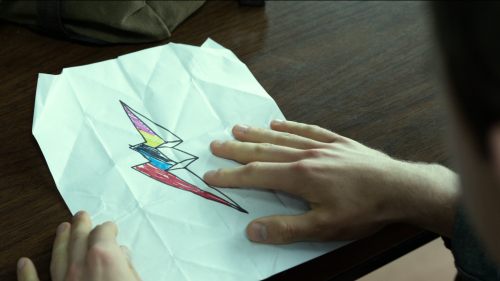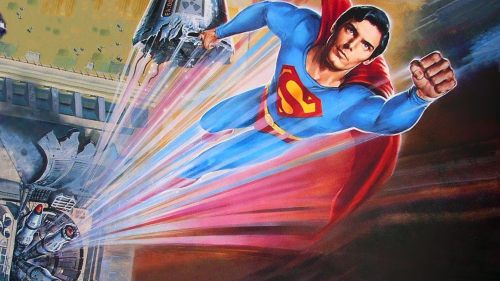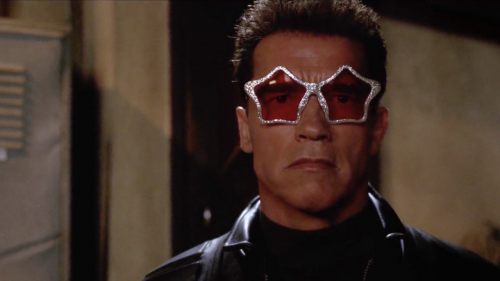Say Something Nice: THE CELL (2000)
Tarsem Singh’s The Cell is an uneven, bloated mess. The concept is fun: what if you could go into someone’s mind, Inception-style, and see the worlds within? Jennifer Lopez stars as a psychotherapist who does just that, entering the mind of a serial killer in order to determine where he's hidden his final, still living victim. Most of The Cell’s runtime takes place in the killer’s (Vincent D’Onofrio) fantasy mindscapes, which are as varied as they are beautiful and horrible.
While many critics cannot get past The Cell’s horrendous dialogue, Lopez and Vince Vaughn’s terrible acting, or the ludicrous script, there's no denying that it's one of the most visually brilliant movies ever made. The Cell is an ocular masterpiece with pure eye candy in every frame.
When you ask people what they remember most about The Cell, they’re probably going to tell you about one of the movie’s many insane visuals. There’s the above scene, in which D’Onofrio’s id is portrayed as a demon king, his cape a part of the building’s tiered walls. Then there is the infamous horse scene, in which Lopez discovers D’Onofrio’s child persona talking to a horse, only for the horse to get sliced into a dozen pieces by falling glass panels. The horse’s heart keeps beating, and we can see it through the glass as it stands upright, like a specimen on display.
Though The Cell didn't connect with audiences, it contains work from designers and artists at the top of their respective games, and all working as parts of a cohesive whole. The costumes, designed by the brilliant Eiko Ishioka (Academy Award winner, Bram Stoker’s Dracula) are a parade of impossible fashions that feel like part of the scenery itself. From Lopez’s high-collared harem slave dress when she’s under the killer’s spell, to D’Onofrio’s many demon lord costumes, each warbrobe choice is influenced and informed by the sets and locations around them.
The landscapes of the killer’s mind often look like surrealist paintings, with stairs going to nowhere, carefully sculpted sand dunes, and inch-high water on the ground. These worlds are composed of both memory and dream, and the two often butt right up against one another. The killer’s childhood home sits in the middle of a massive cave, for example, and it genuinely looks as if it belongs in the damp depths.
The film’s influences range from classical Catholic iconography to the stop-motion animation of the Brothers Quay, so there are layers of rich visuals and symbolic imagery to dig through. While many critics have decried the imagery as deeply misogynistic, it is representative of the killer’s mind. He is, after all, a serial killer of women, so it makes sense that his mind’s palace would reflect that.
In the director’s commentary, Singh says, “the thing about this film is it’s an opera, and there is no such thing as a subtle opera.” For better or worse, there definitely isn’t any subtlety to The Cell. But its over-the-top visual spectacle - and the craft on display in service of that spectacle - makes it well worth a watch.



